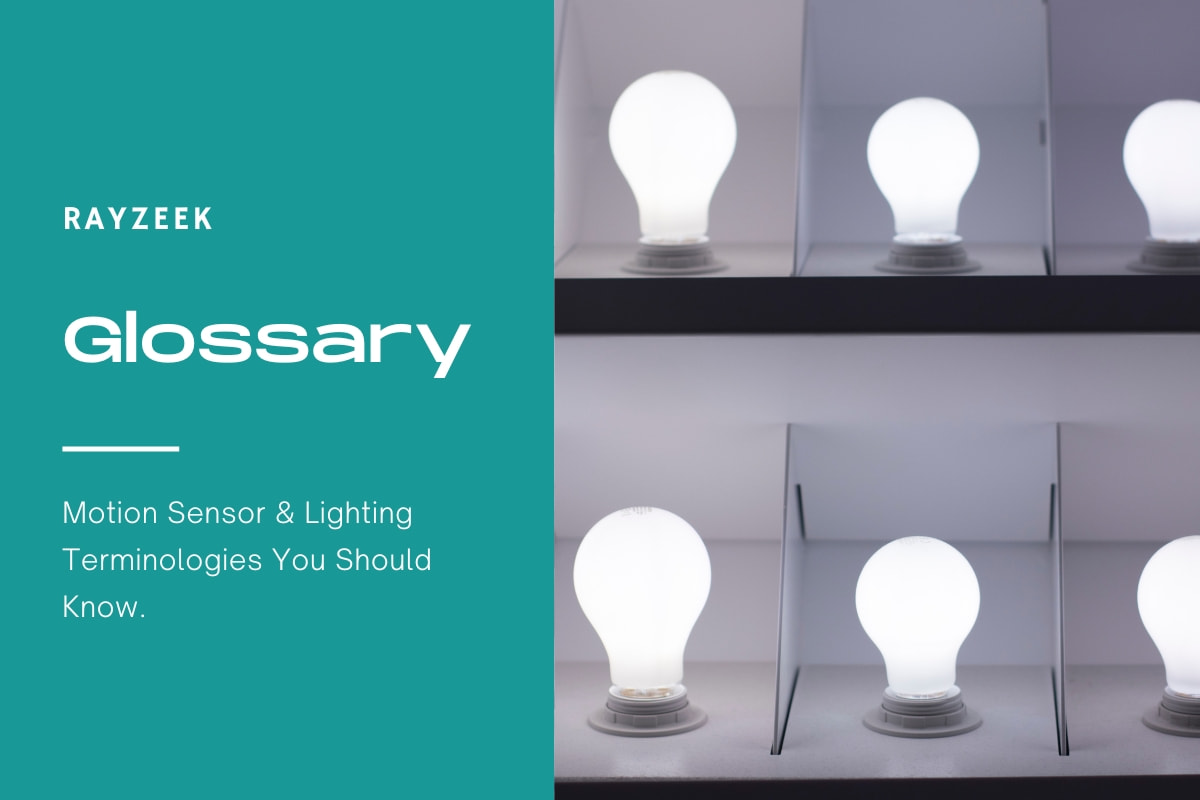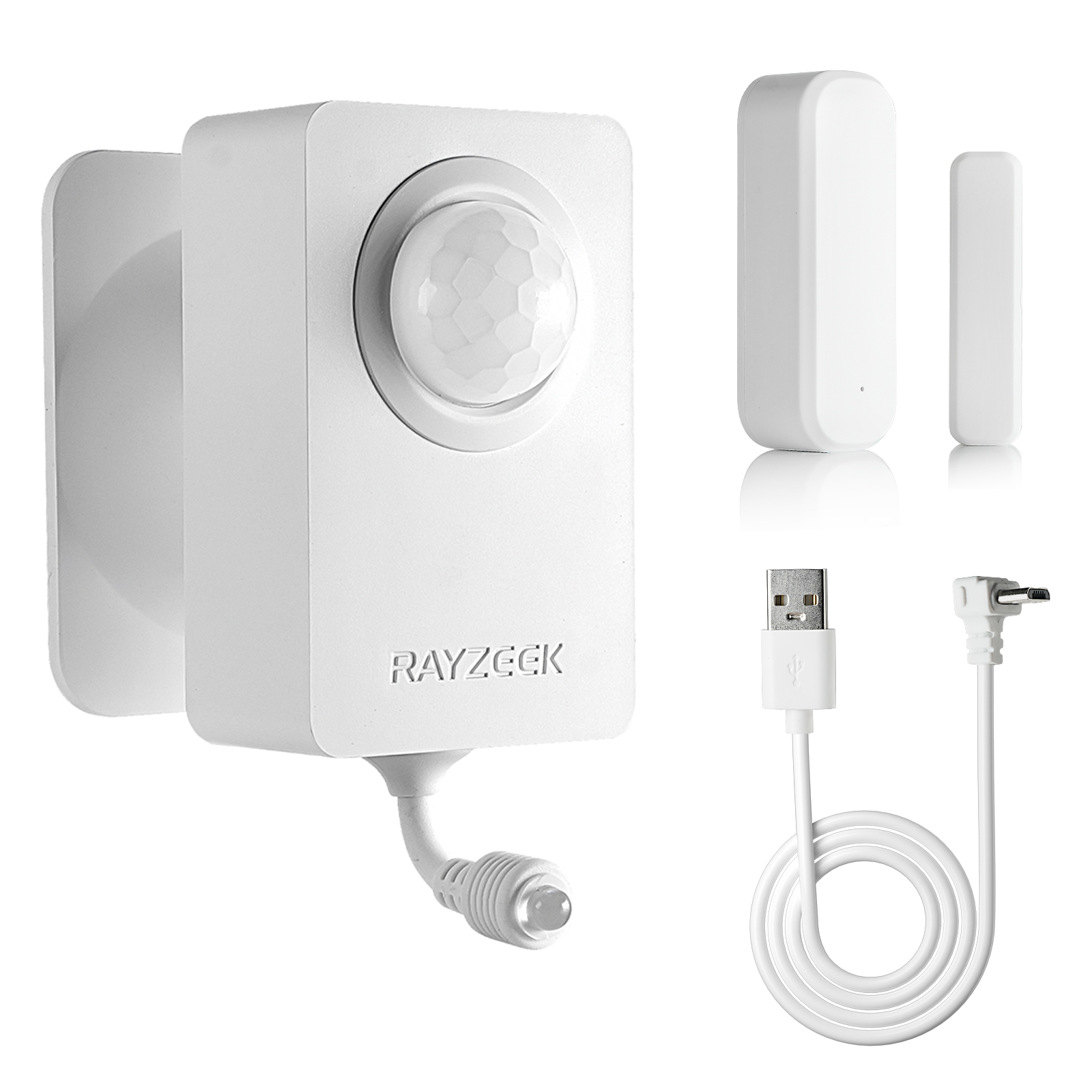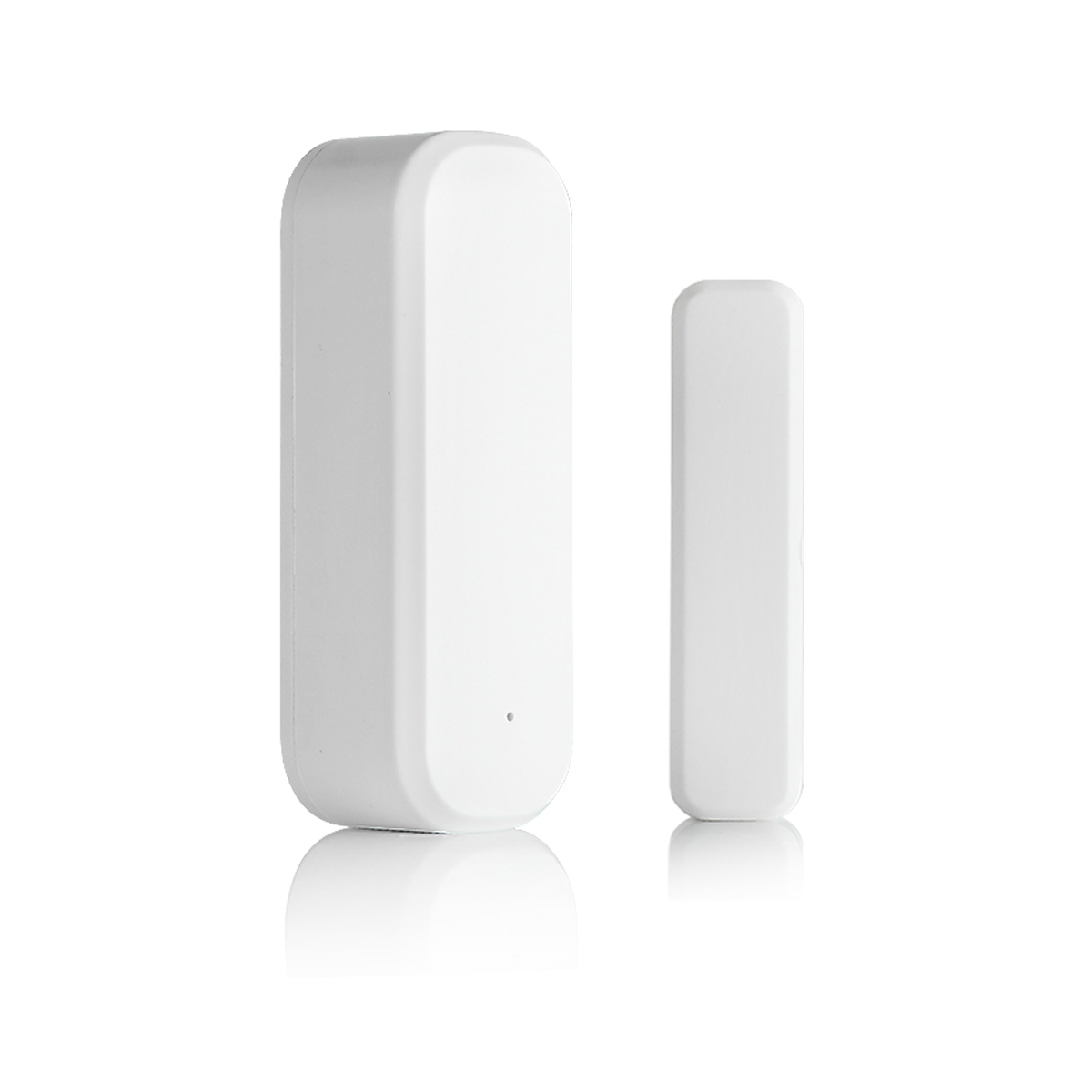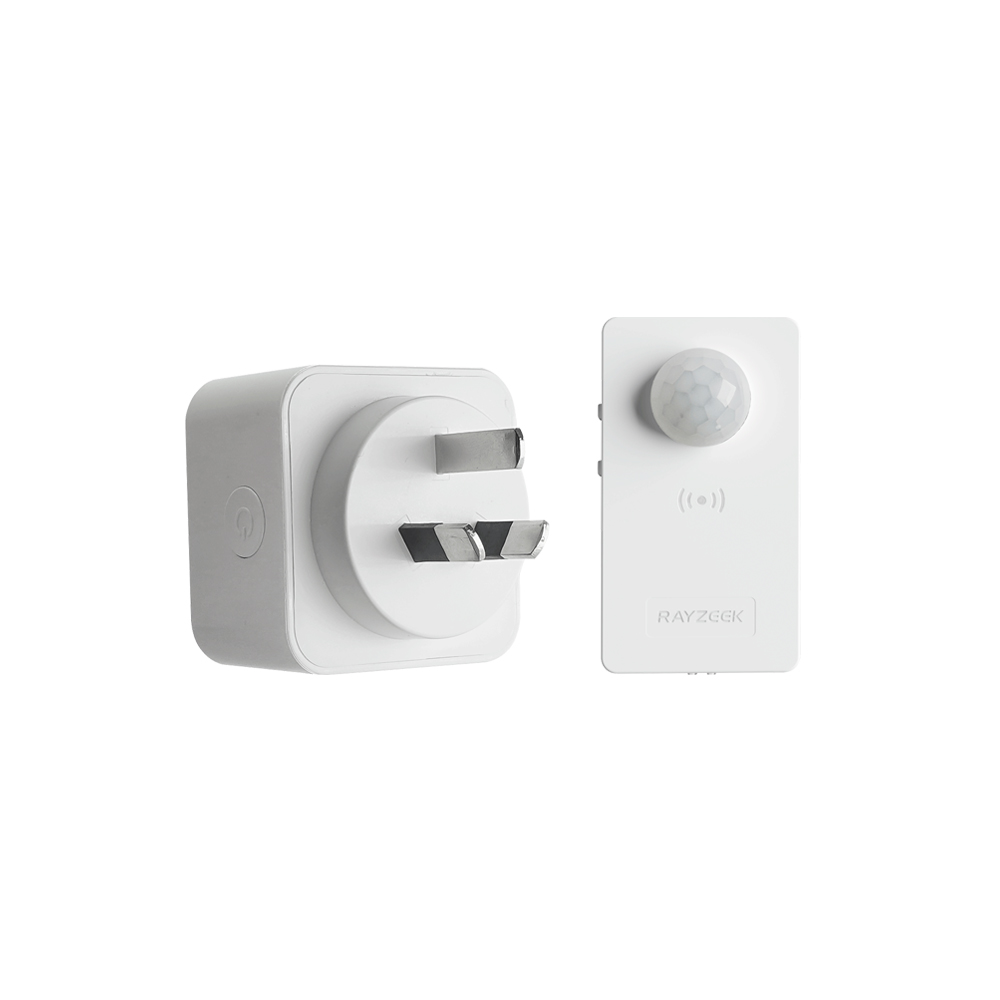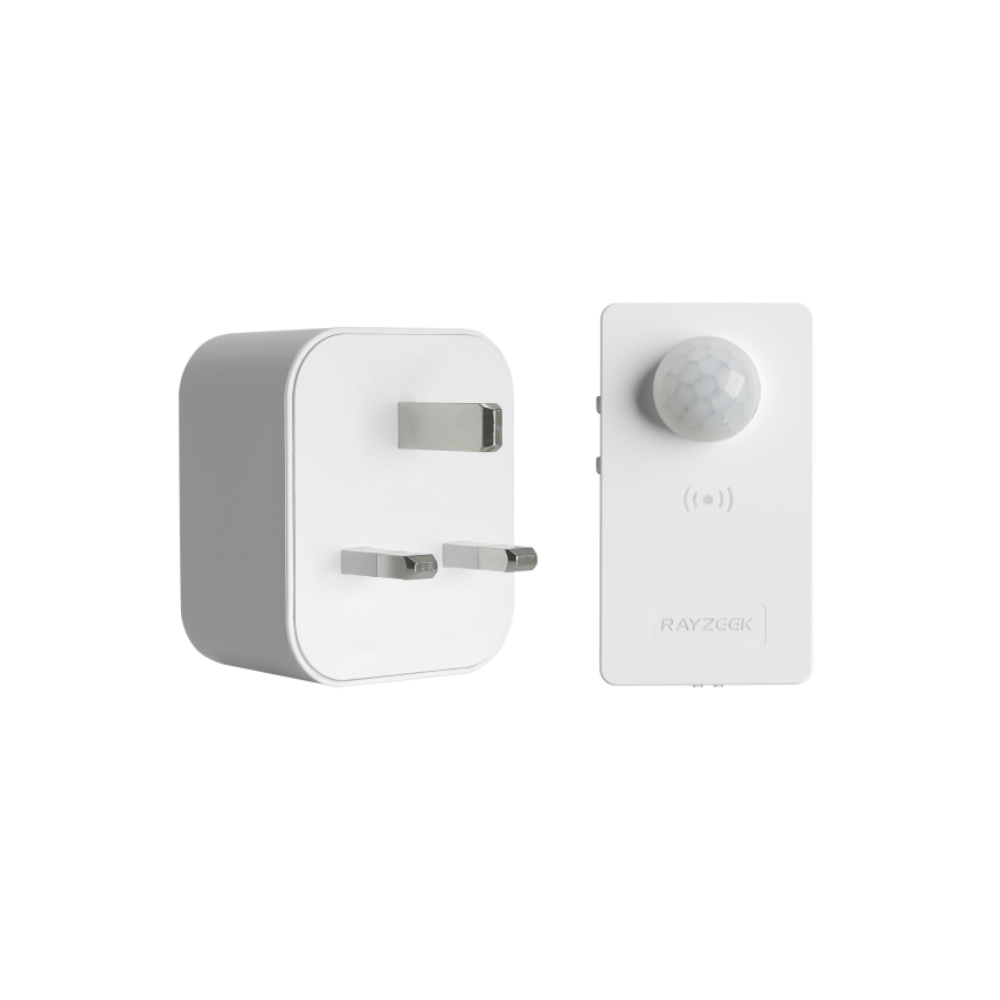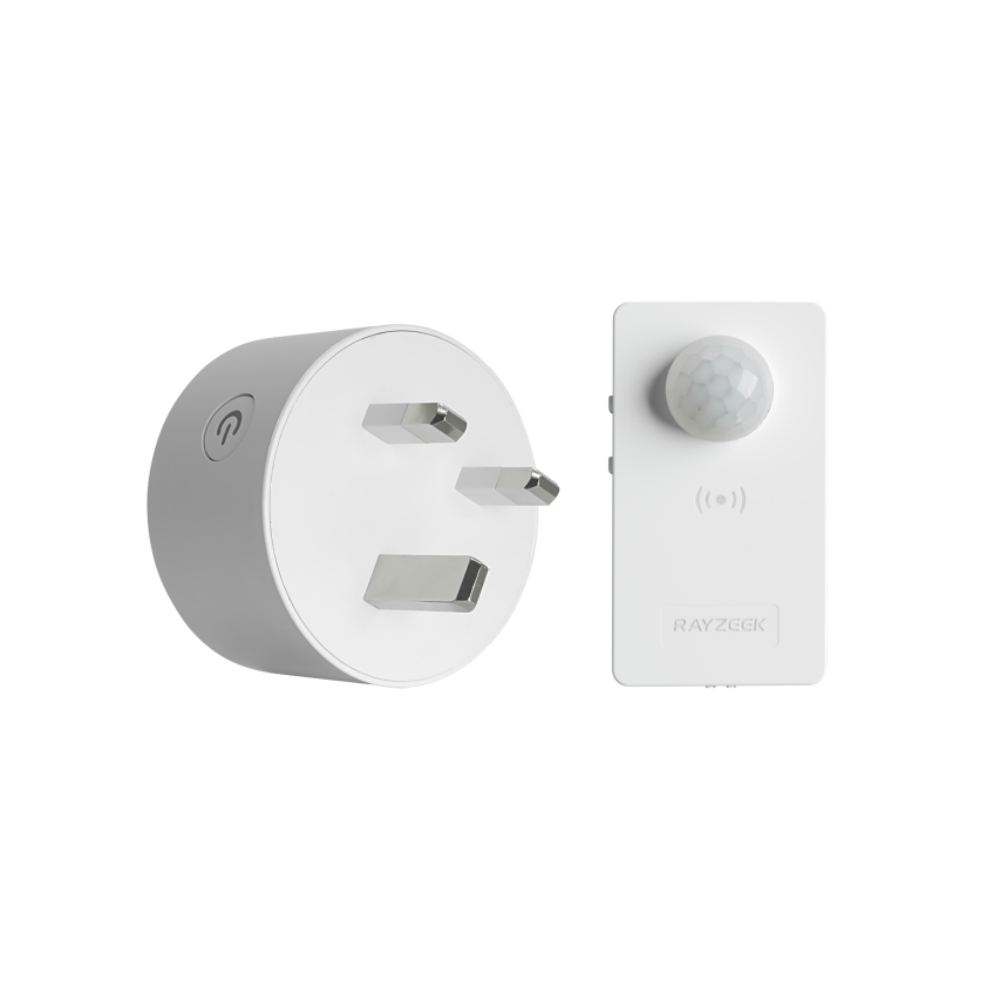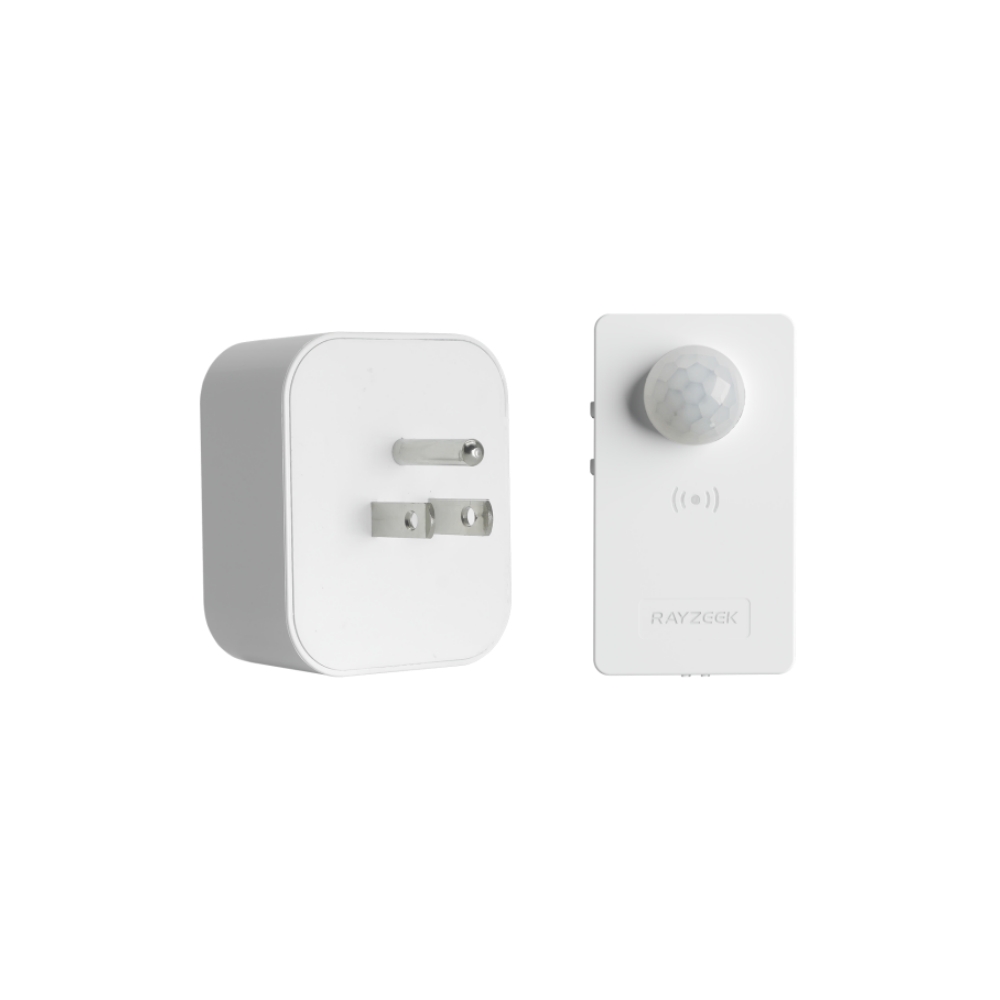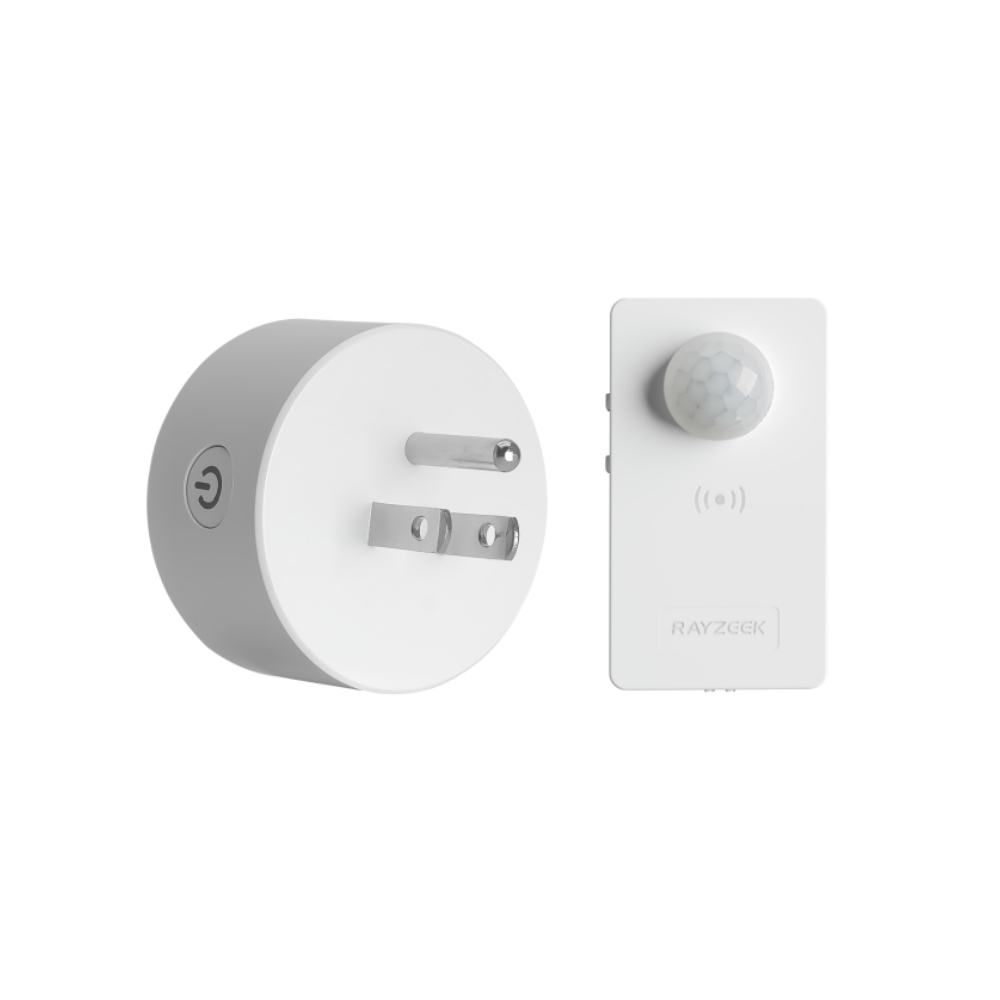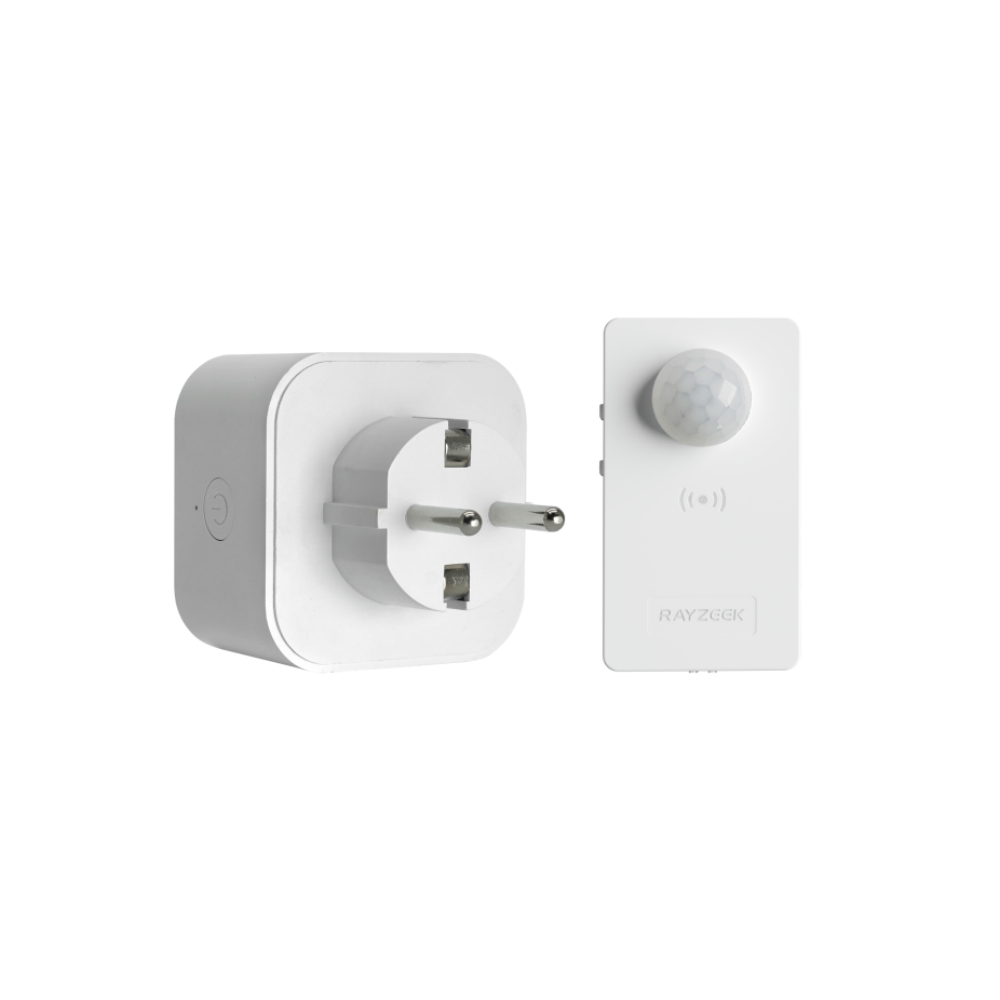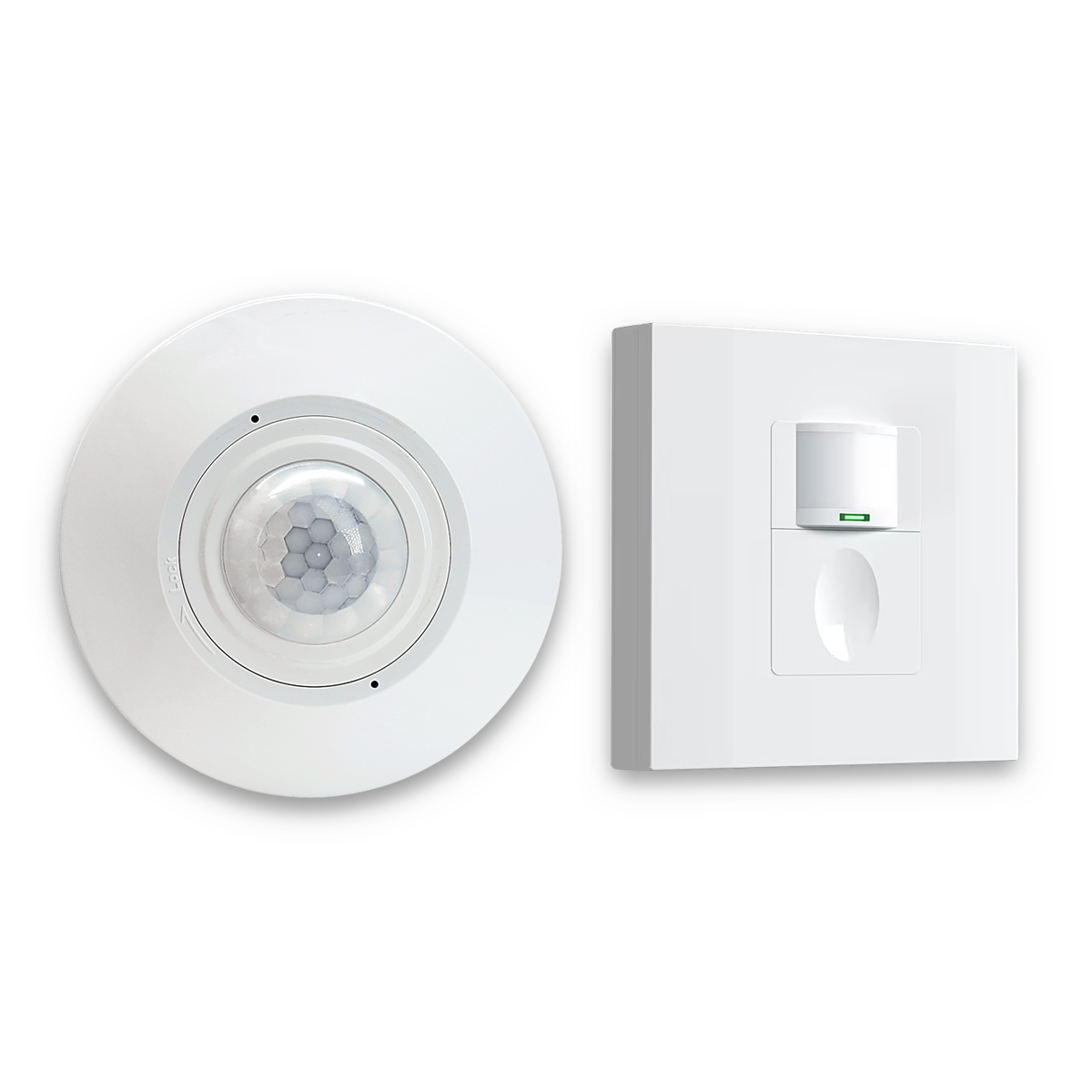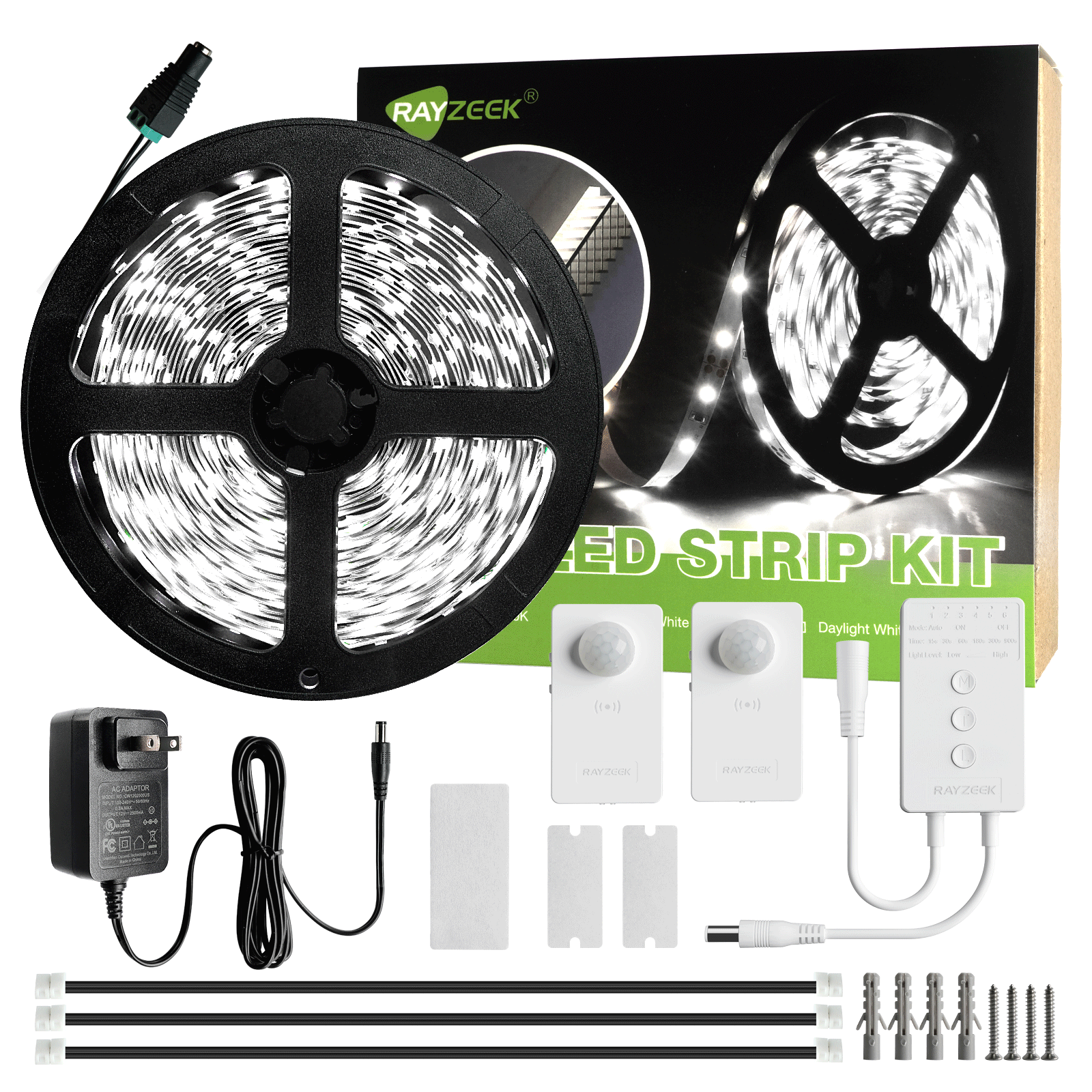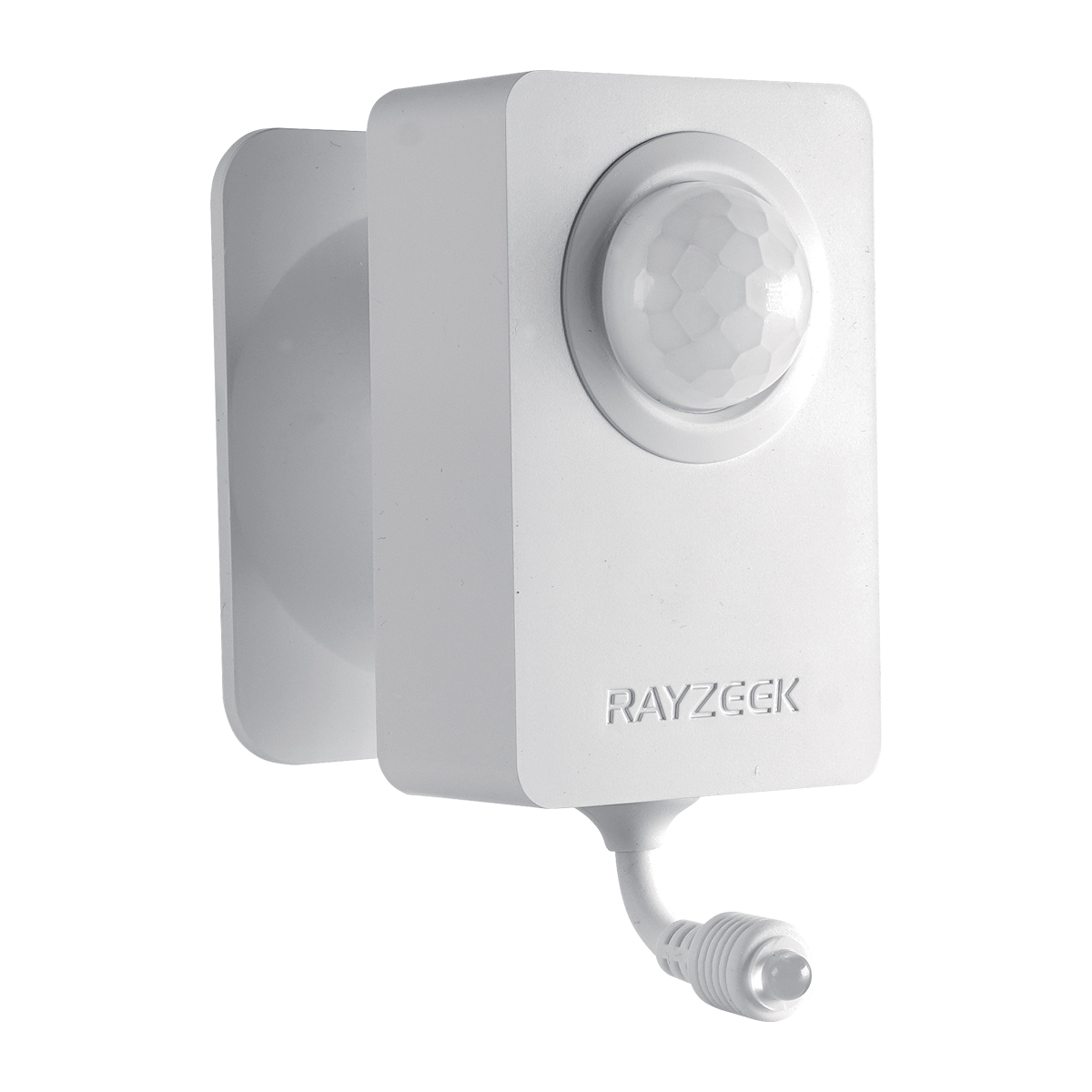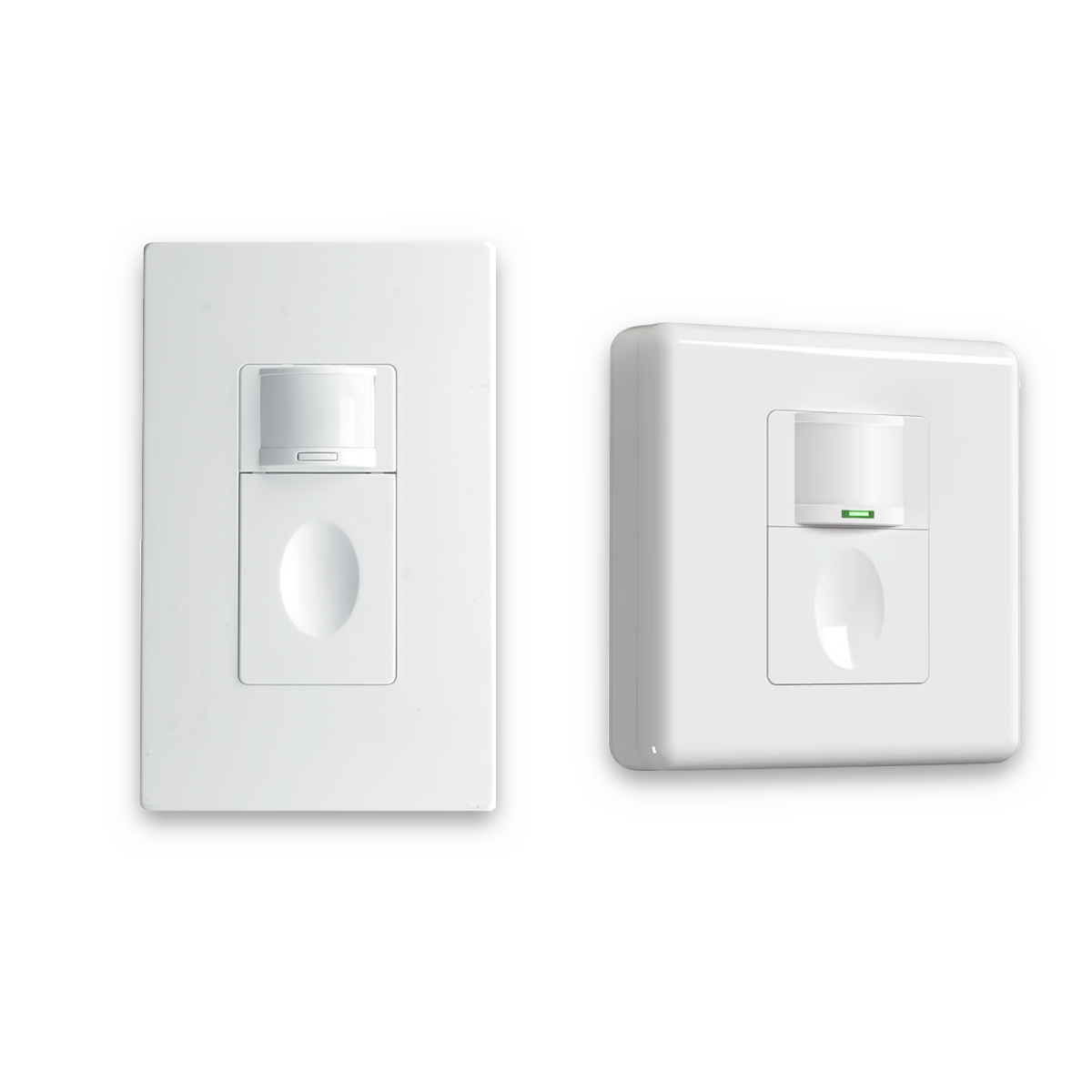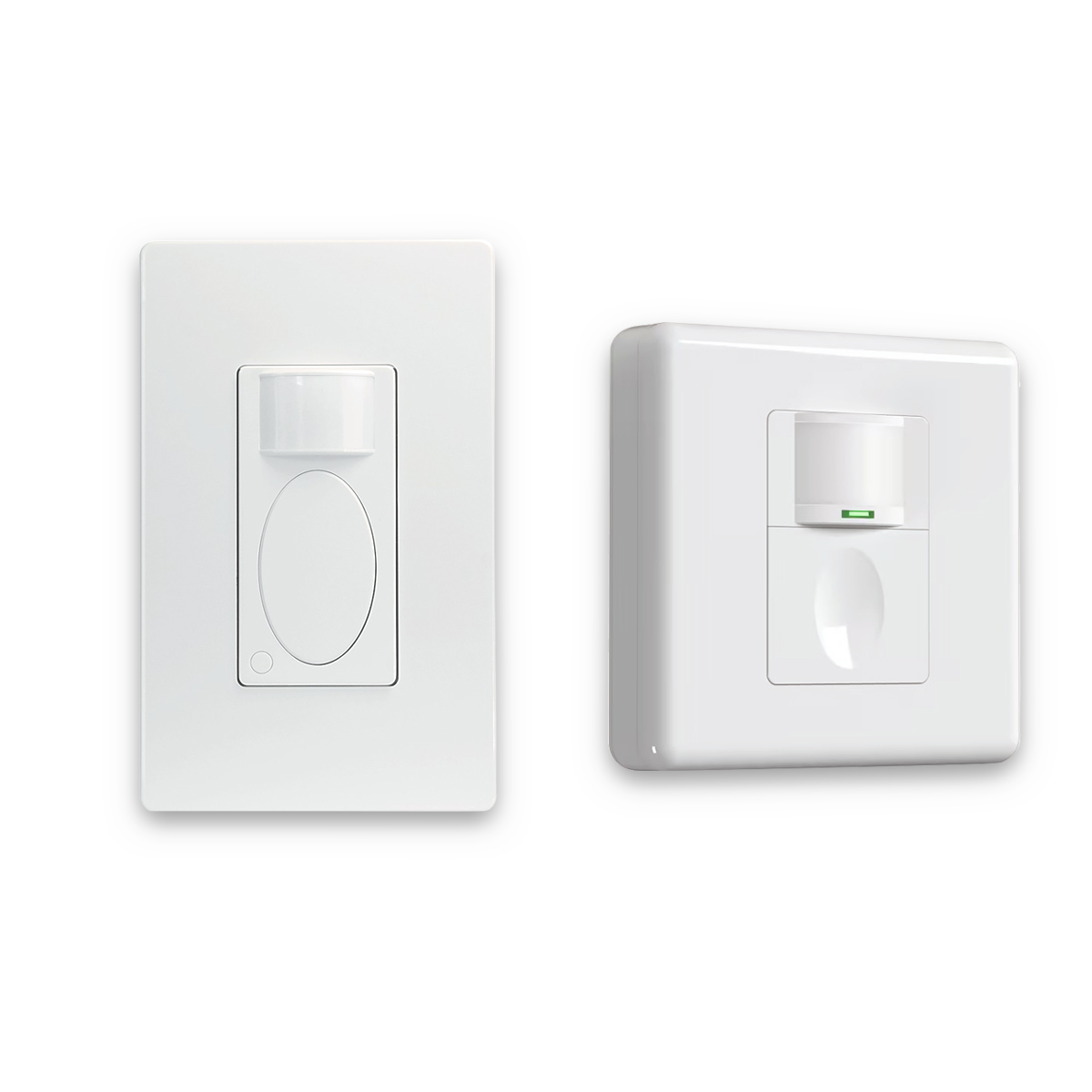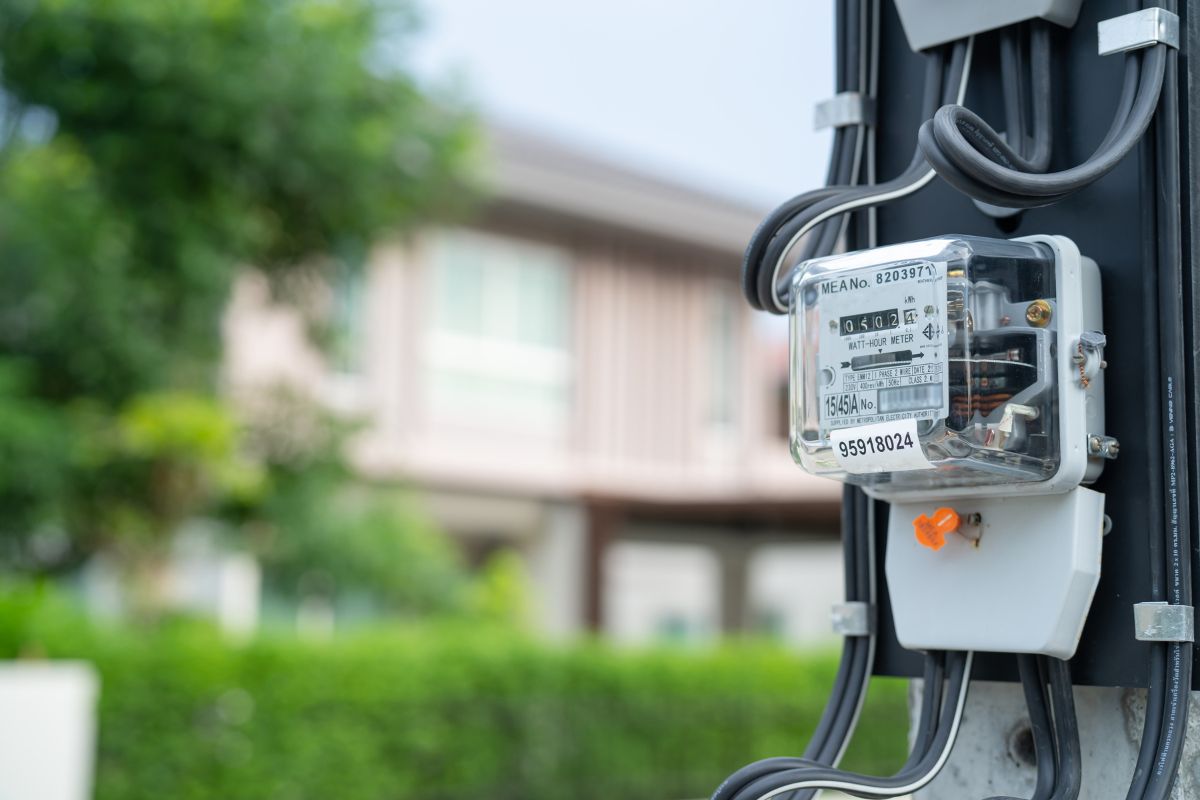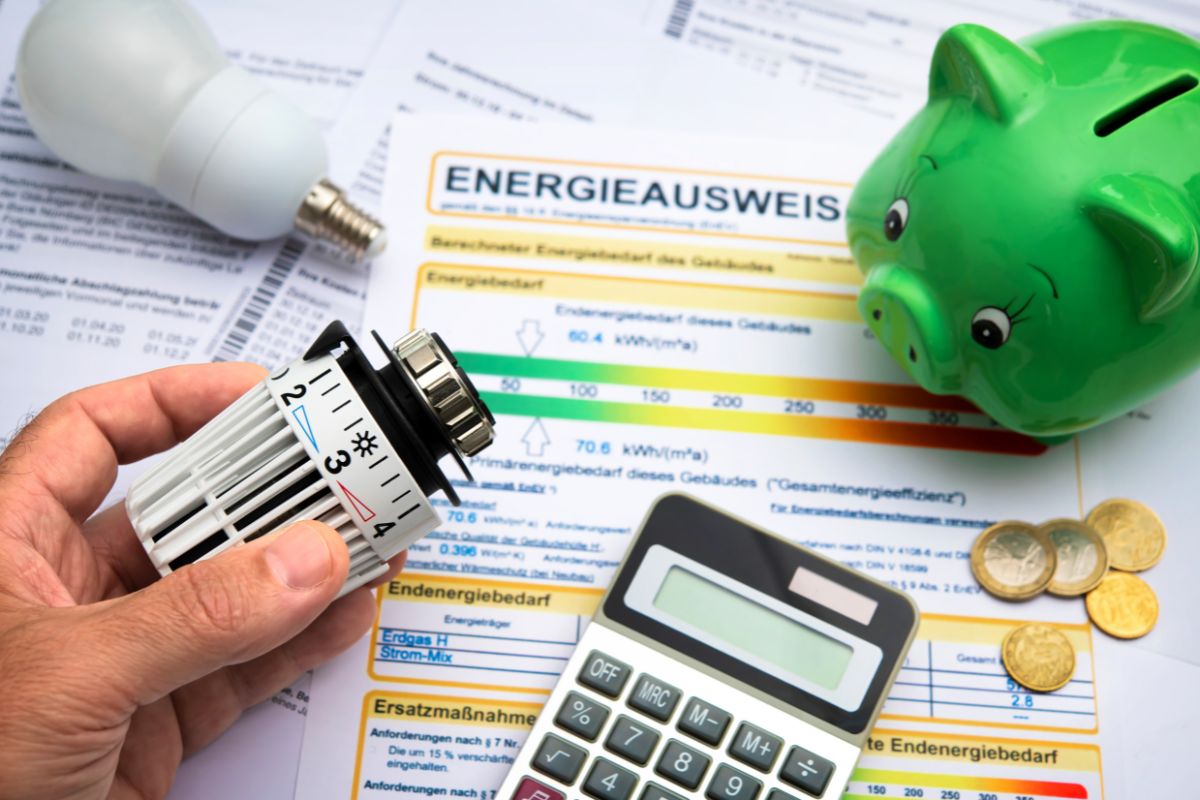What is PN Junction
A PN junction is a fundamental component, specifically in the operation of LED lights. It refers to the junction formed between a P-type semiconductor and an N-type semiconductor. In this junction, the P-type semiconductor contains an excess of positively charged holes, while the N-type semiconductor has an excess of negatively charged electrons. When a current passes through the PN junction, the electrons from the N-type region are pushed towards the P-type region, where they recombine with the holes. This recombination process releases energy in the form of light, resulting in the emission of photons.
Maybe You Are Interested In
The materials used in the PN junction determine the wavelength and color of the emitted light. Different combinations of P-type and N-type semiconductors can produce various colors of light. For instance, blue LEDs typically utilize a gallium nitride (GaN) material for the N-type region and a magnesium-doped gallium nitride (Mg-doped GaN) material for the P-type region. The recombination of electrons and holes in these materials leads to the emission of blue light.
Frequently Asked Questions
What Is the Difference Between LED and PN Junction
An LED and a PN junction both consist of a PN junction, but the difference lies in the fact that the PN junction of an LED is covered with a transparent material. This covering serves to direct the emitted light from the junction when it is forward biased.
What Does PN Mean in Electrical
A P-N junction diode is a fundamental semiconductor component that regulates the movement of electric current within a circuit. It consists of a positive (p) side and a negative (n) side.

